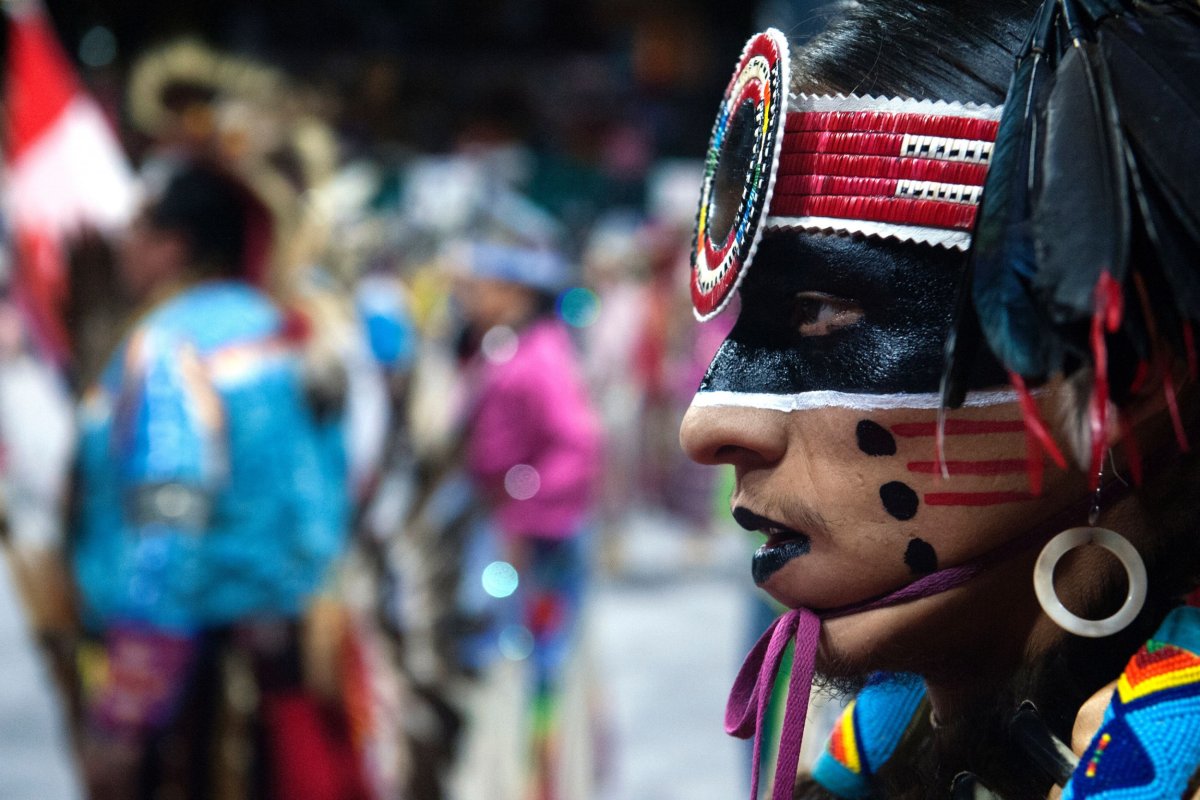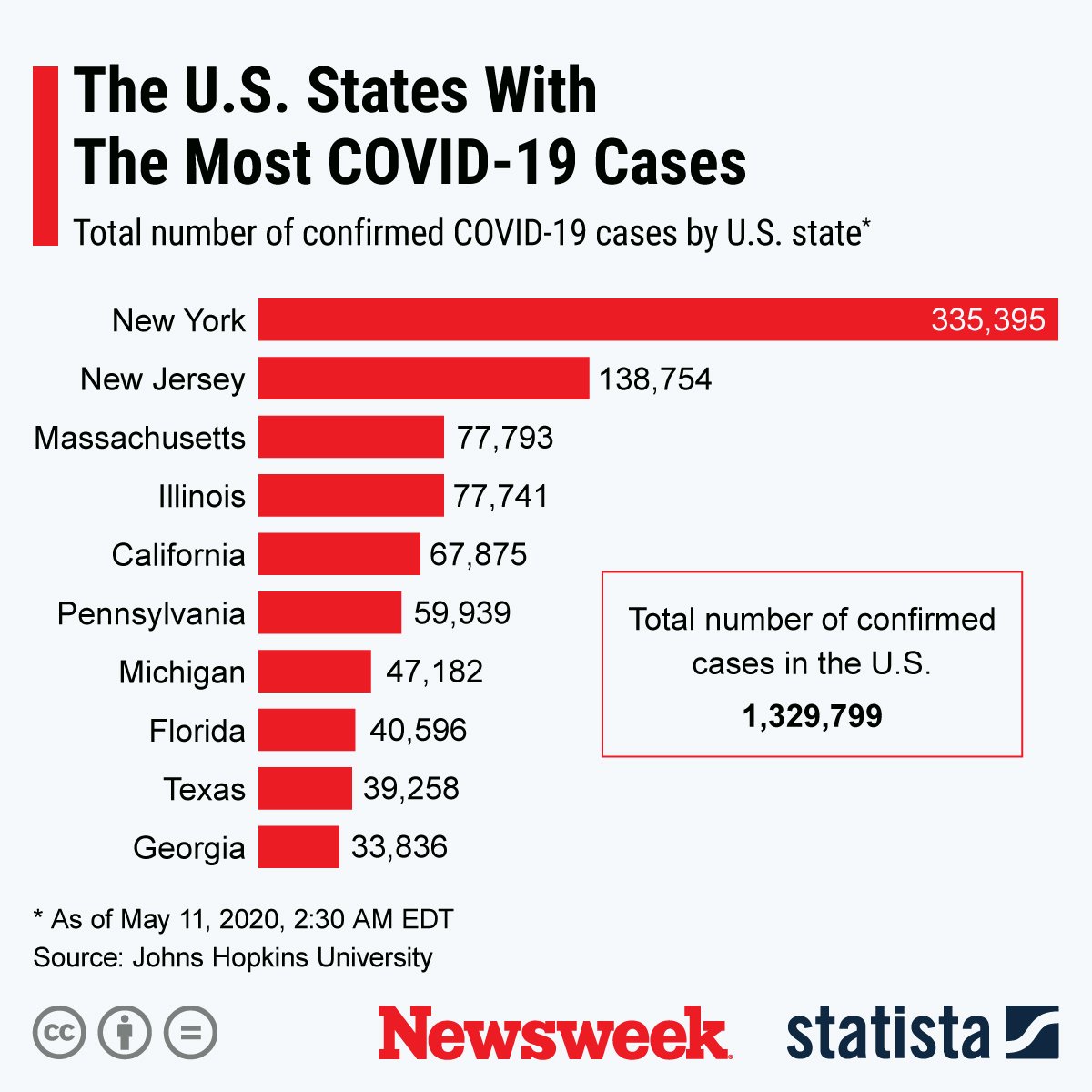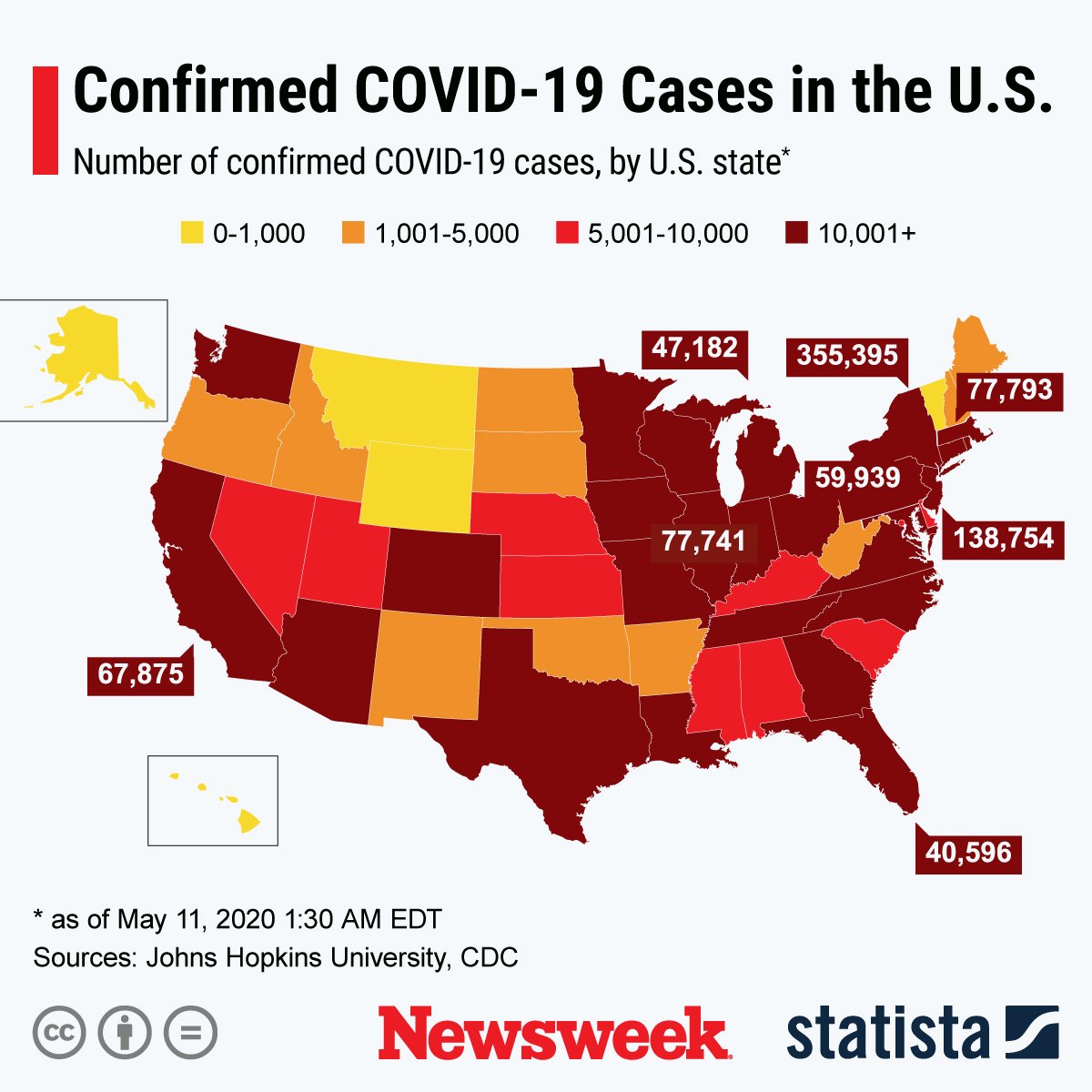The novel coronavirus has killed 100 of the more than 3,100 confirmed patients in the Navajo Nation, a Native American territory spanning 27,000 square miles across parts of Utah, Arizona and New Mexico.
"We've lost 100 lives to this virus and we offer our condolences to all of the families who are grieving and I want you to know that we're working around the clock to fight COVID-19," Navajo Nation President Jonathan Nez said in a statement on Sunday.
The Navajo Nation, which has a population of over 250,000, has seen at least 3,122 confirmed cases, as of Sunday, the statement confirmed.
The actual death count could potentially be higher as many of the territory's most critical patients (those requiring ventilators and intensive care) have reportedly been transferred to state hospitals and unaccounted for in the official virus figures for the Navajo Nation, The Guardian reports.
The virus "continues to spread throughout the Navajo Nation at an alarming rate," Nez and Navajo Nation Vice President Myron Lizer confirmed in a statement on April 21.
The territory reportedly has the highest per capita infection rate in the U.S. after New York and New Jersey, two of the worst-hit states in the country, The Guardian reported Friday.
Last week, the Navajo Nation received $600 million in federal funding under the CARES (Coronavirus Aid, Relief, and Economic Security) Act. The funds were received following a lawsuit filed against the federal government last month.
The Navajo Nation and 10 other tribes filed a lawsuit against U.S. Secretary of the Treasury, Steven Mnuchin. The lawsuit claimed Mnuchin intended to fund over 230 Alaska Native Corporations, which are for-profit corporations that have reportedly generated over $10.5 billion in revenue in 2018, according to a statement from the Navajo Nation last month.
"Allocating funds from the Coronavirus Relief Fund to the Alaska Native Corporations will severely impact the Navajo Nation's ability to fight COVID-19, and will impact every other tribe as well...including the Alaska Native Corporations in the calculation will reduce the funds available for tribal governments. The impact on the Navajo Nation will be significant because of the Nation's size, population, and the already disparate impact of COVID-19 on the Nation," Nez said in the statement.
"We don't have the resources of New York and New Jersey and yet it's taken six weeks for tribes to see this money. The federal response has been too slow," Nez told The Guardian on Friday.
"The first citizens of this country were once again pushed aside by the most powerful government in the world...but now that we're in the headlines, US citizens are finally realising the deplorable conditions our people live in. We're fed up. This has got to end," he said.
Navajo Nation Council Delegate Charlaine Tso said in a statement last week: "We have been needing relief funding specifically for COVID-19 relief as far back as 2 months ago. Now, resources can be provided to help curve this pandemic. Our health care programs and facilities will now receive a fighting chance,"
The federal government has delivered 50 ventilators, deployed two disaster medical assistance teams and constructed three 50-bed federal medical stations for the Navajo Nation, the White House confirmed in a statement last week.
The federal government has also provided over $1 billion through the Indian Health Service (IHS) to support tribes, tribal organizations, and Urban Indian Organizations in their COVID-19 response efforts.

A state of emergency was declared in the Navajo Nation on March 13, while a stay-at-home order was issued on March 20 and was in effect until April 4. The order included a curfew requiring residents to remain at home between 8 p.m. (local time) and 5 a.m. (local time) seven days a week, "except in the event of an emergency," while the curfew did not apply to essential workers.
From April 17, the territory also issued an order requiring all those aged two and older to wear a face mask in public areas. The order applies to all areas where an individual can come within six feet of a person not from the same household, a statement from the Navajo Nation government confirmed.
The territory also issued a 57 hour-long curfew over several weekends between April 10 and 27, which required residents to remain at home from 8 p.m. (local time) on Friday to 5 a.m. (local time) on Monday.
Additional 57 hour weekend curfews were issued in May, beginning at 8 p.m. (local time) Friday and ending at 5 a.m. (local time) Monday, for the weekends from May 1 to 4 and May 8 to 11.
The state of emergency was extended last month and all government offices are closed until May 17, while the closures could be extended beyond May 17, Nez and Lizer confirmed in a statement last month.
"We can caution the public all day long and issue as many public health orders as we want, but ultimately the choice to stay home or go out into public remains in the hands of each individual. Please talk to your family members, your friends, coworkers, and others and tell them to stay home to save lives," Lizer said in a statement last month.
Currently, most cases in the Navajo Nation have been reported in New Mexico's McKinley County, which has 808 confirmed cases, followed by Apache County (762 cases) and Navajo County (623 cases) in Arizona, San Juan County in New Mexico (331 cases) and Coconino County in Arizona (316 cases). The rest of the counties have reported 50 or fewer confirmed infections, according to the latest report Saturday by the Navajo Nation health department.
The novel coronavirus has infected over 4.1 million people across the globe, including more than 1.3 million in the U.S., the current epicenter of the outbreak. More than 1.4 million have reportedly recovered from infection, while over 282,900 have died, as of Monday, according to the latest figures from Johns Hopkins University.
The graphic below, provided by Statista, illustrates U.S. states with the most confirmed COVID-19 cases.

The graphic below, provided by Statista, illustrates the spread of the COVID-19 virus across the U.S.

Uncommon Knowledge
Newsweek is committed to challenging conventional wisdom and finding connections in the search for common ground.
Newsweek is committed to challenging conventional wisdom and finding connections in the search for common ground.
About the writer
Soo Kim is a Newsweek reporter based in London, U.K. She covers various lifestyle stories, specializing in travel and health.
Soo ... Read more
To read how Newsweek uses AI as a newsroom tool, Click here.








